


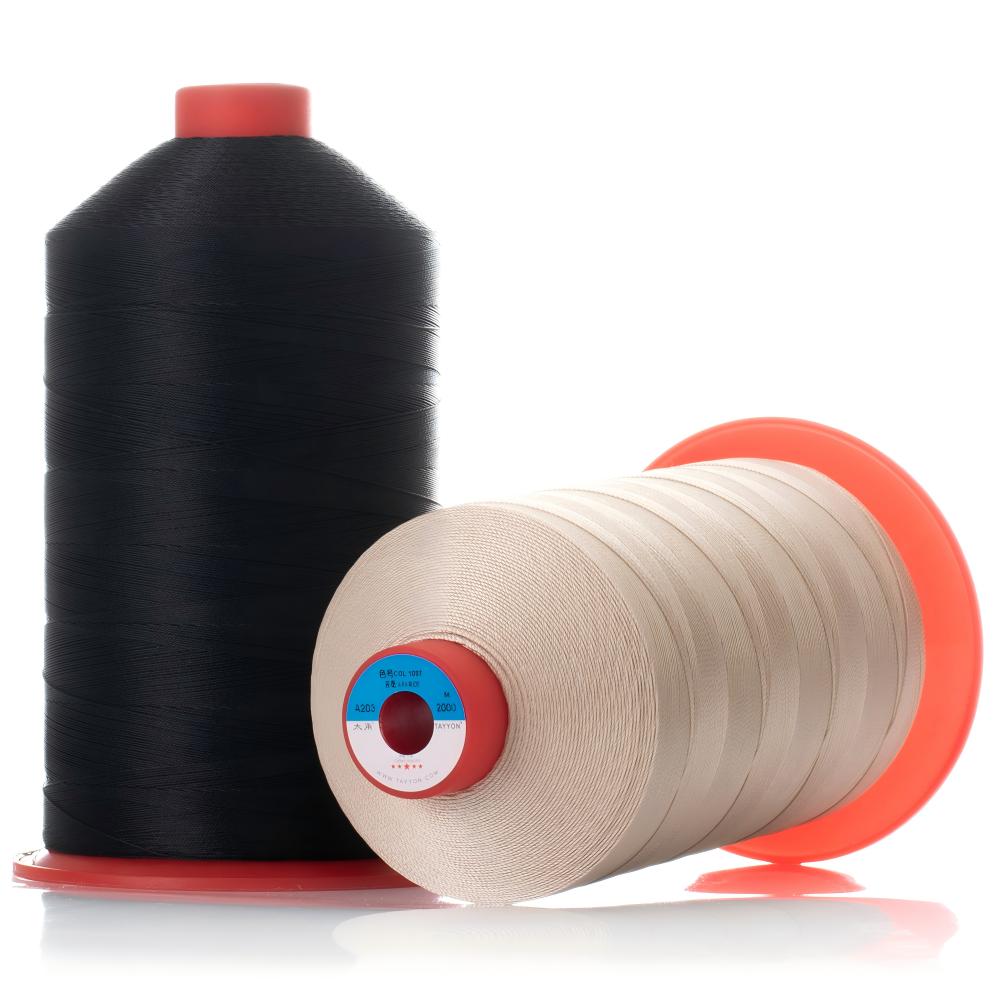
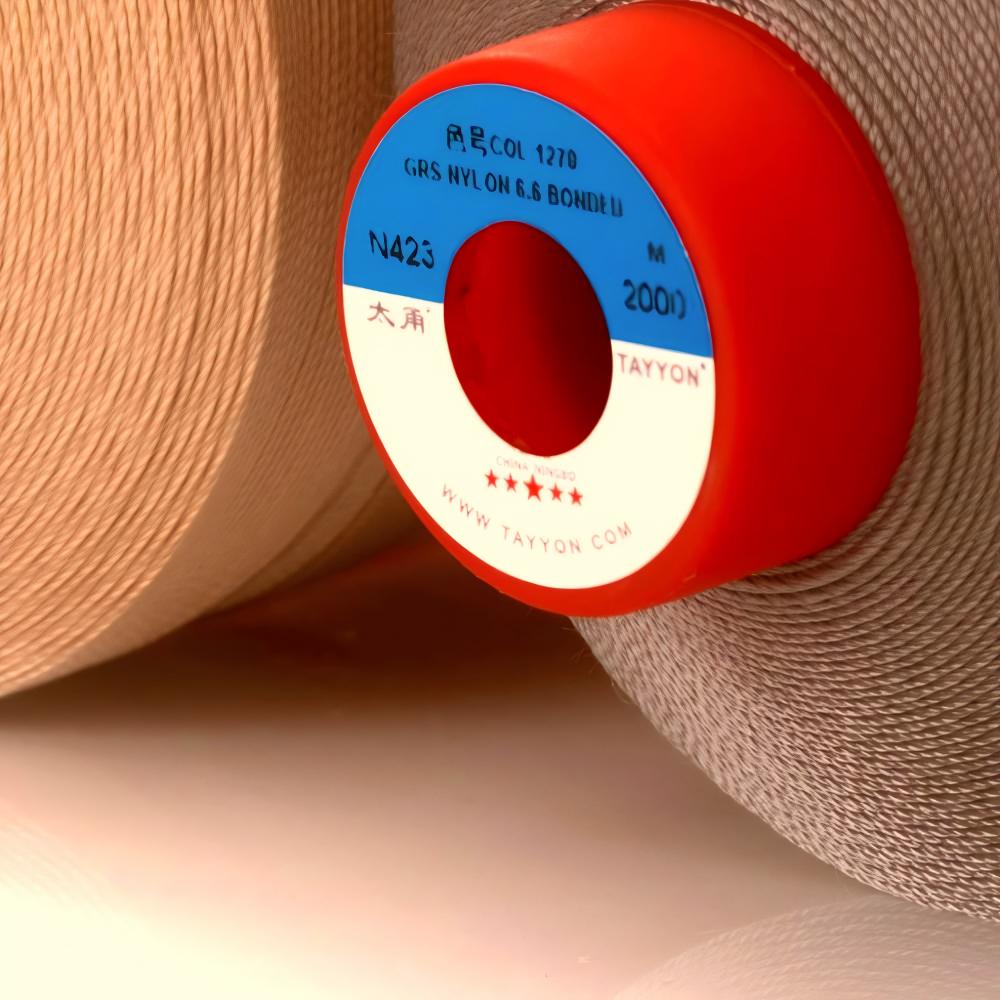
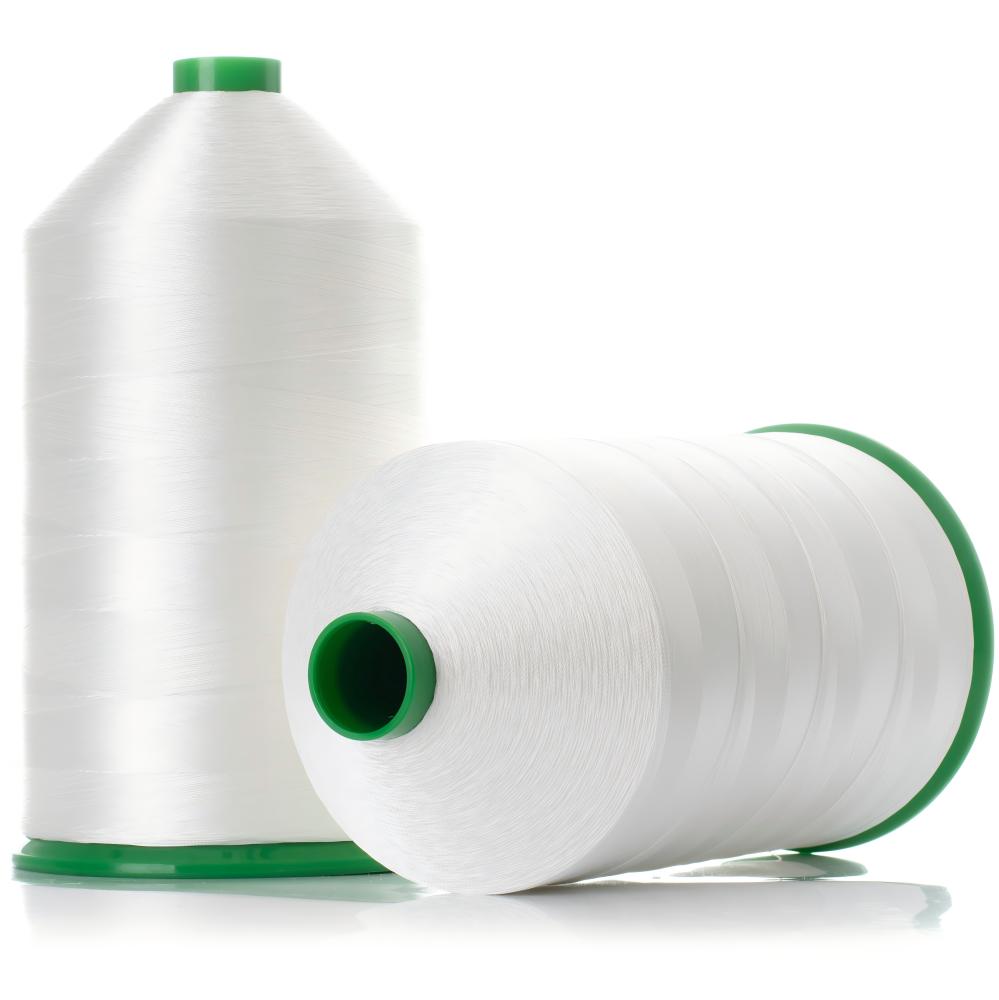
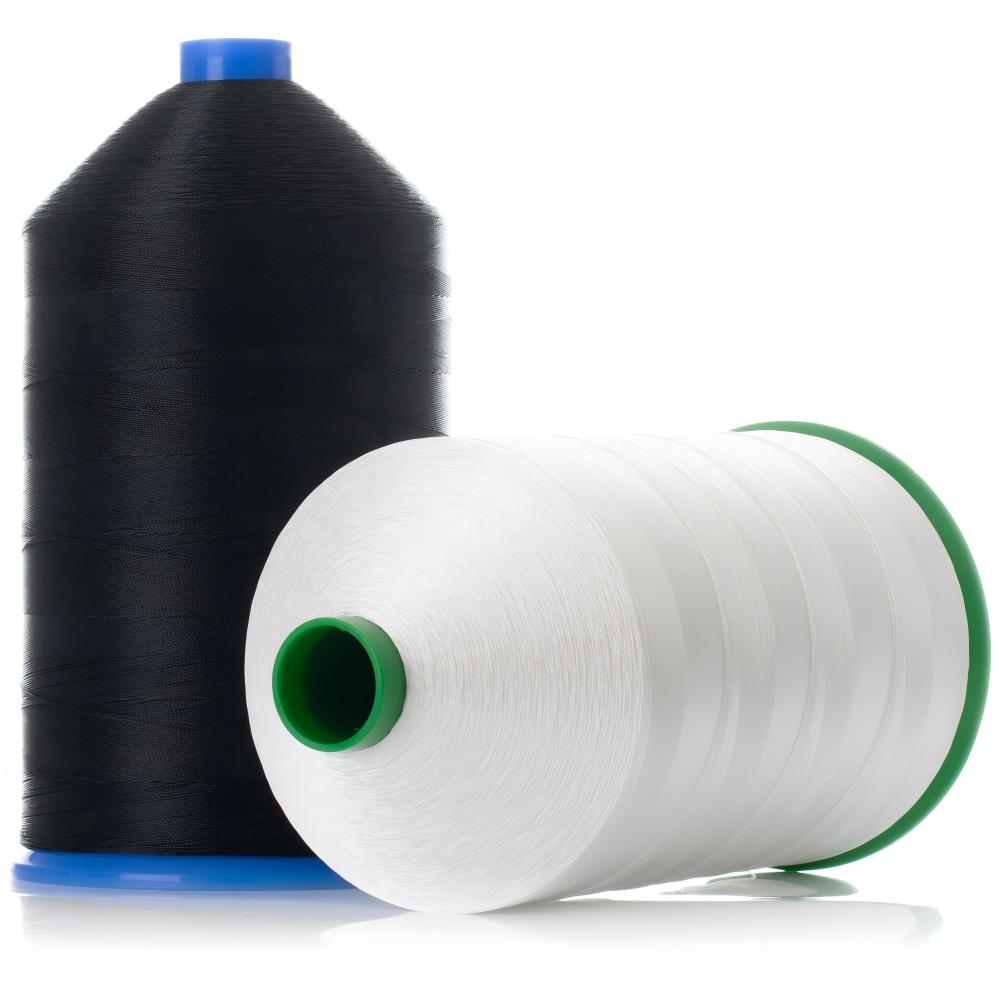

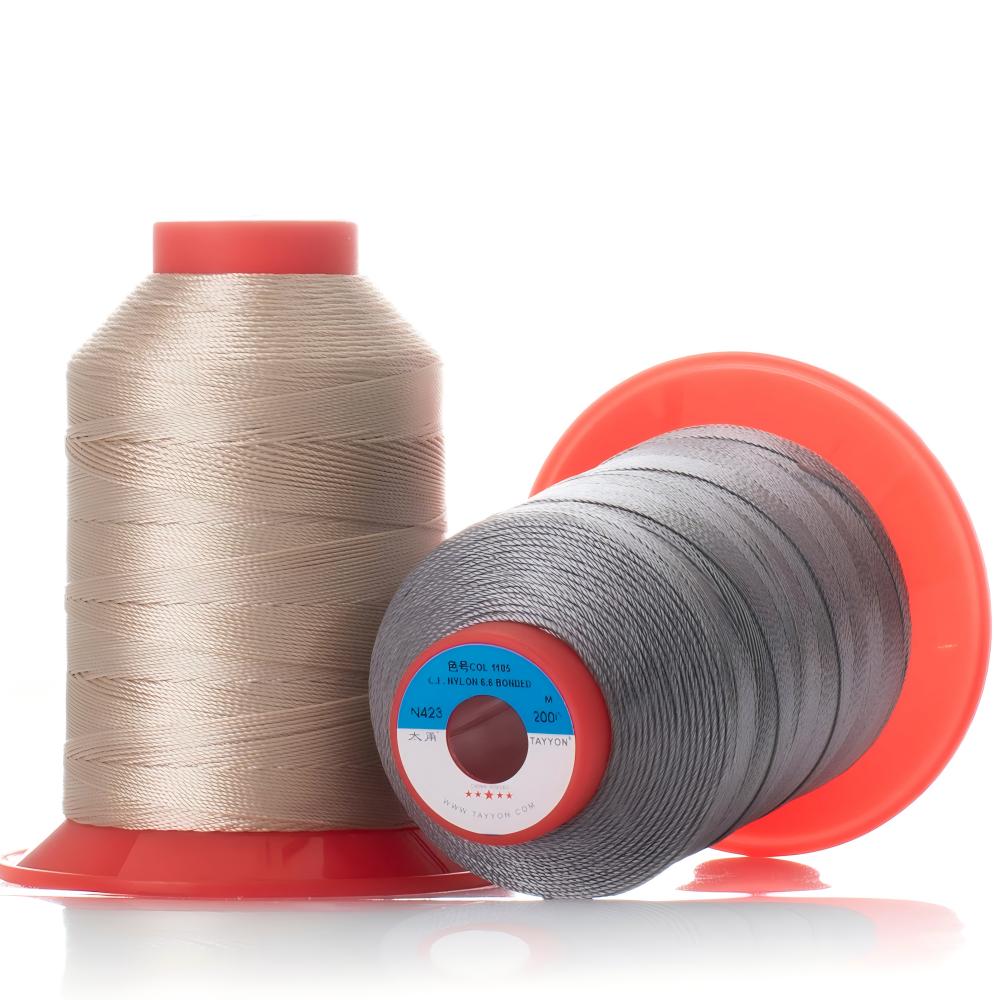
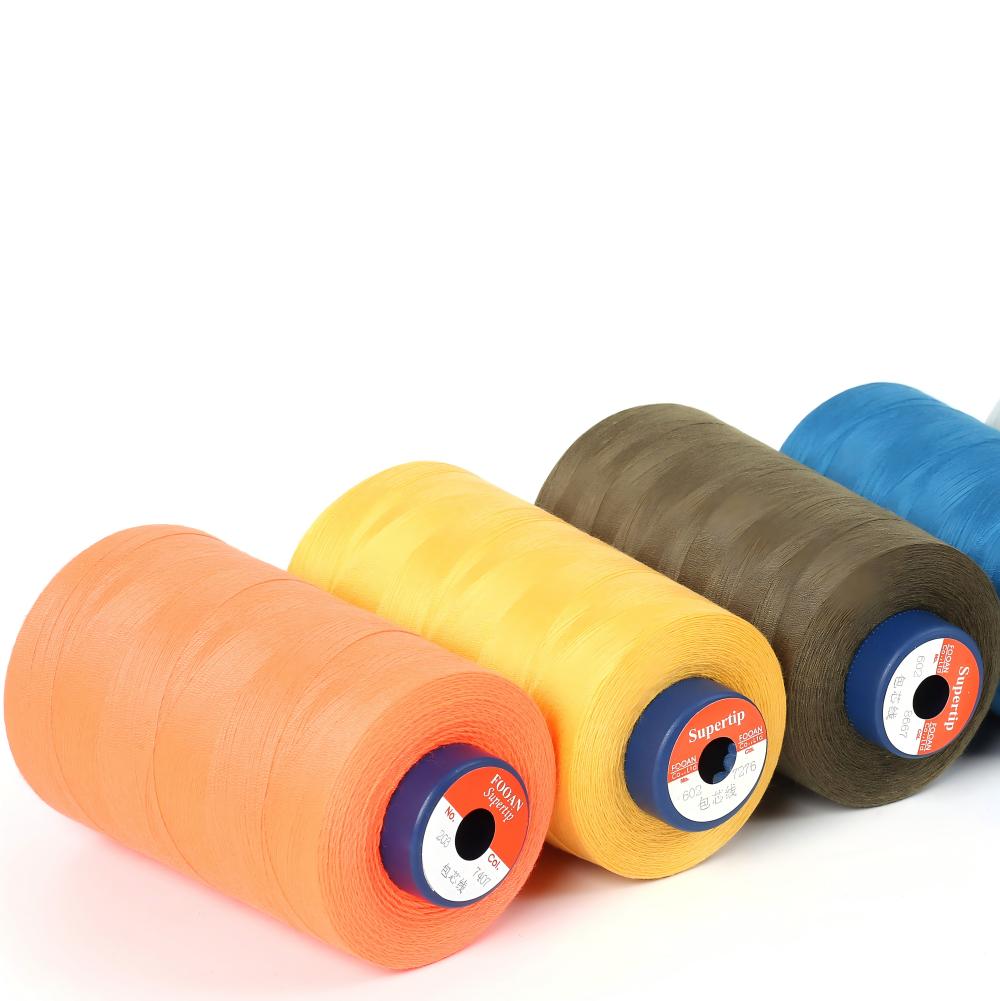
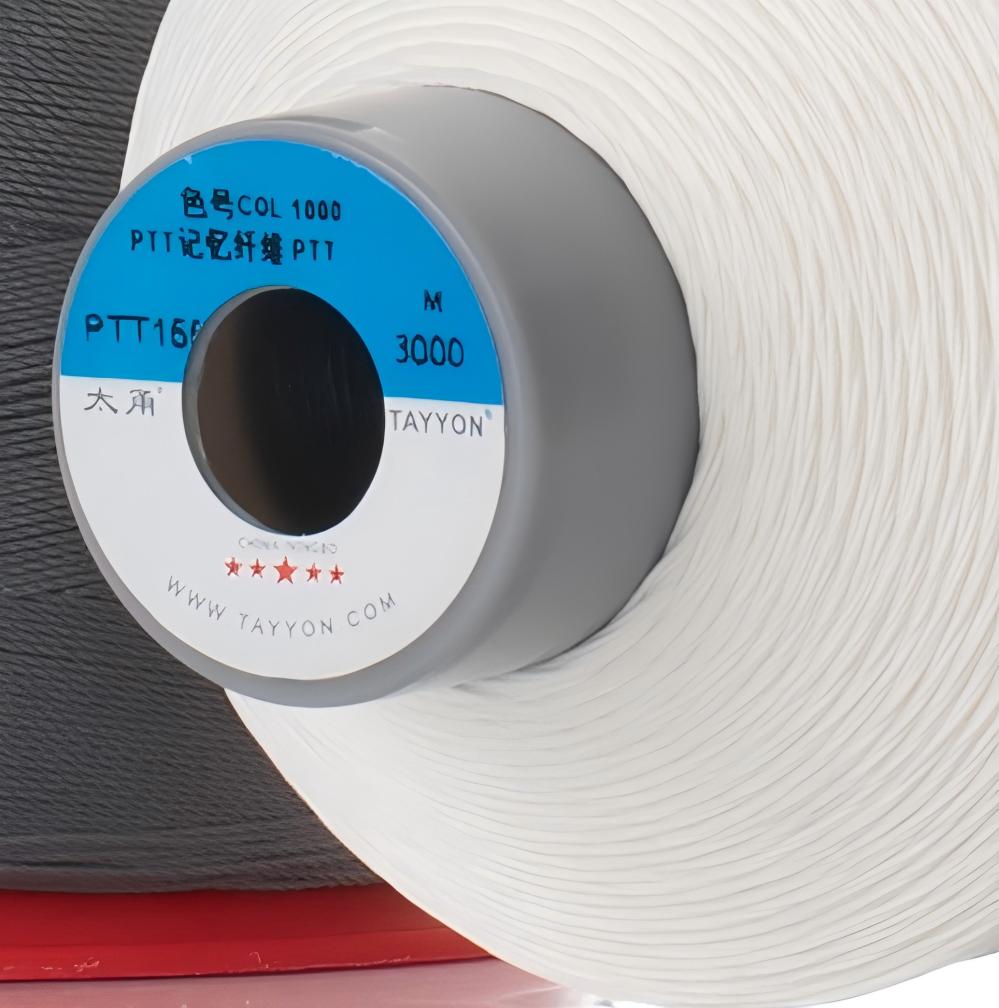
 Tel
Tel Email
EmailThe Role of Nylon 66 sewing Thread and Bonded Thread in Wilderness Survival
Release time:2025-09-29 Click:12Nylon sewing thread or bonded thread even monofilament line is an incredibly powerful and versatile "treasure" tool in wilderness survival. A twisted filament nylon 66 thread, is not only for sewing, it is lightweight, compact, and high strength, making it a star item in any survival kit or EDC (Everyday Carry) gear.
I. Hunting and Procuring Food ★★★★★
This is one of its core uses.
Making Snare Traps: This is the most classic application. Using nylon thread to create a slip knot snare can capture small animals such as rabbits, squirrels, and birds. Setting these on animal trails is an effective method for obtaining valuable protein.
Making Fishing Line: This is its original purpose. Even without a hook, nylon thread can be used to:
Traditional Angling: Equip it with a hook, sinker, and float.
Set a Trotline: Secure a long nylon thread between two points on opposite banks, attaching multiple baited hooks to catch several fish simultaneously.
Hookless Fishing: The thread can be wrapped around bait or a slip knot snare can be made to tighten around a fish's body when it swallows the bait.
Making Bird Nets/ Mist Nets: By tying multiple small slip knots at intervals along a multi-strand nylon thread and stretching it across bushes where birds frequently fly or perch, it can entangle passing birds.
II. Construction and Shelter
Building Shelter: Nylon thread is an excellent lashing material.
Can be used to secure tents or tarps.
When building a temporary shelter, it's used to lash together beams, posts, and roof branches.
Can secure a poncho or waterproof sheet into an A-frame shelter.
Reinforcing Structures: In windy conditions, nylon thread can be used as guy lines to tighten and secure the shelter, increasing its stability.
III. Tool Making and Repair
Making a Bow Drill for Fire Starting: The bow drill is an efficient friction-based fire-starting tool. Nylon thread serves as an ideal bowstring due to its high strength.
Repairing Gear: It can be used like regular thread to sew up torn backpacks, clothing, tents, or sleeping bags. While not as convenient as dedicated thread, it is crucial in emergencies.
Making Tool Handles: Used to tightly bind a stone axe head or blade to a wooden handle (using a wedge enhances the effect).
Making a Spear Head: Split the end of a wooden shaft, and use nylon thread to bind sharpened sticks or bone splints into the split, creating a barbed spear head.
IV. Safety and Practical Techniques
Setting a Tripwire Alarm: String a line of nylon thread around the camp at ankle height, attaching empty cans or noisy items to create a simple alarm system to deter animals or strangers from approaching.
Marking a Trail: When traveling through dense terrain, brightly colored nylon thread (if available) can be tied to branches along the route as markers to prevent getting lost and to guide the return journey.
Measuring and Leveling: Attach a weight to one end of the thread to create a simple plumb bob for measuring water depth or ensuring vertical alignment when building a shelter.
Medical Emergency: In extreme situations, it can be used to suture large wounds (Note: This is very painful and carries a high risk of infection; it should be a last resort) or to secure a tourniquet.
In summary, nylon thread or bonded thread acts as a force multiplier in wilderness survival. It connects crucial aspects of hunting, construction, repair, and survival, and its value far exceeds its minimal size and weight. A smart survivor can always find a use for a small spool of nylon threads.
Ningbo Tayyon Thread Co., Ltd.
 Beicun, Dongwu Town, Yinzhou District, Ningbo City, Zhejiang Province, China
Beicun, Dongwu Town, Yinzhou District, Ningbo City, Zhejiang Province, China
 Tel./Fax: 0086-574-88381625
Tel./Fax: 0086-574-88381625
 Email: info@tayyon.com
Email: info@tayyon.com